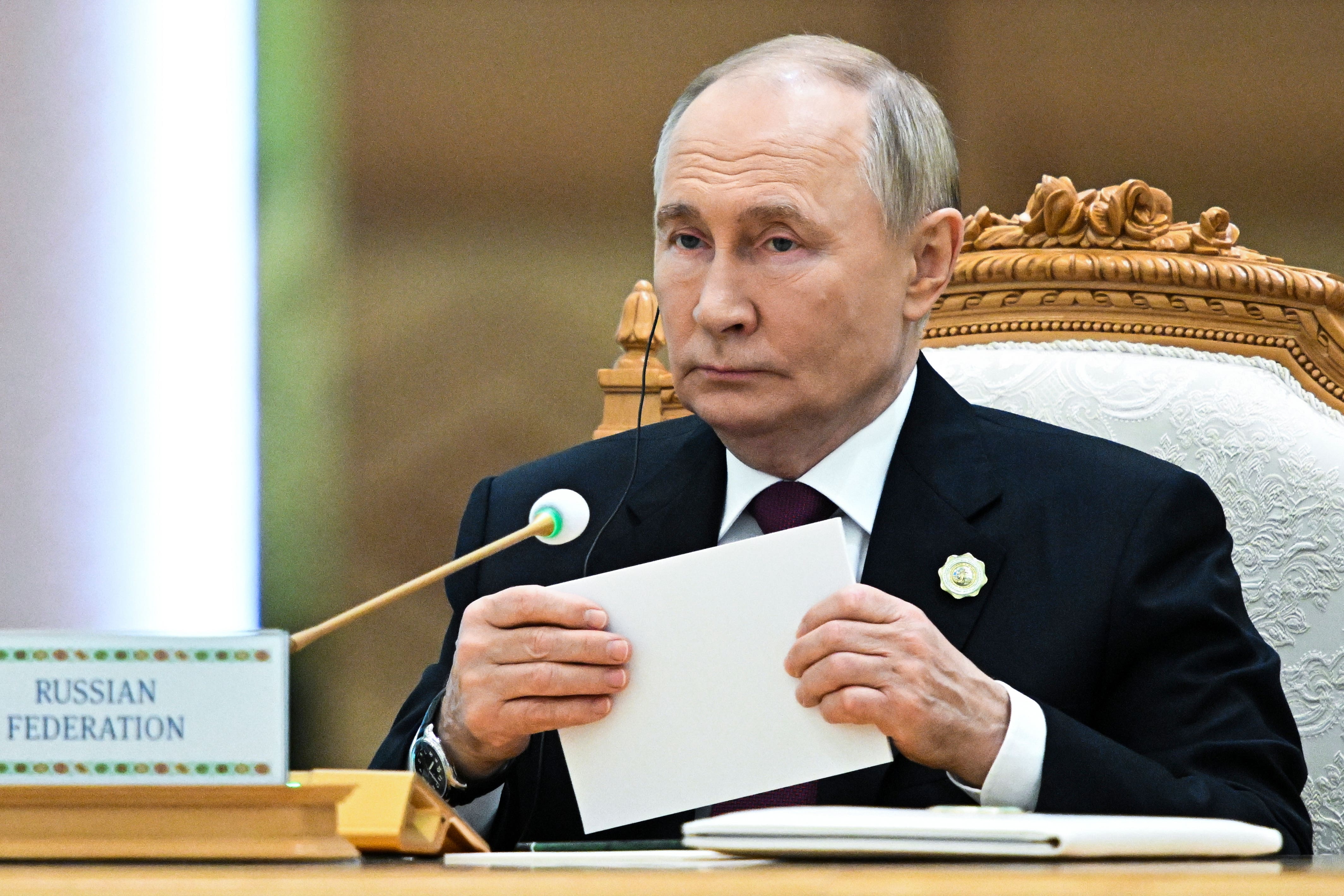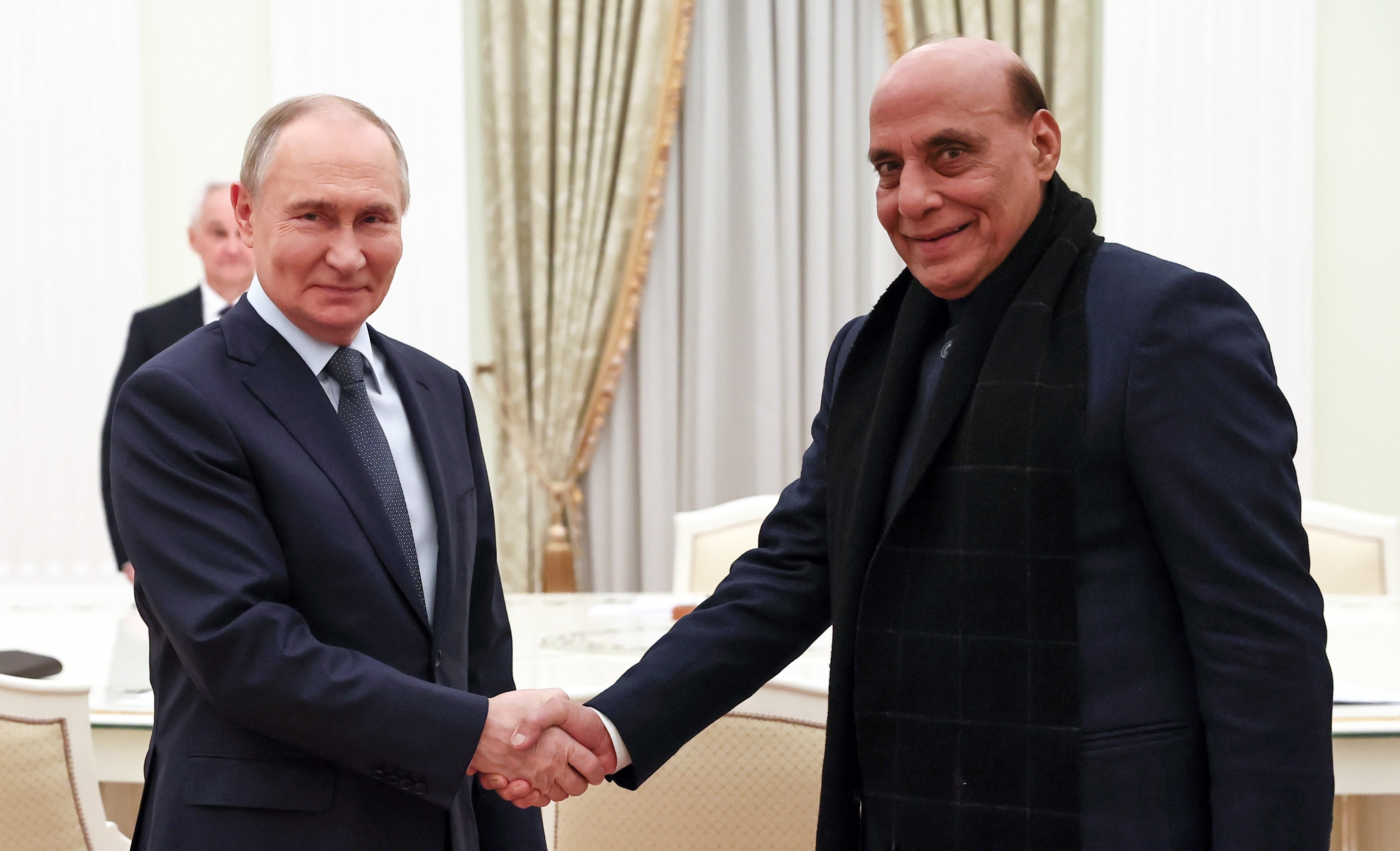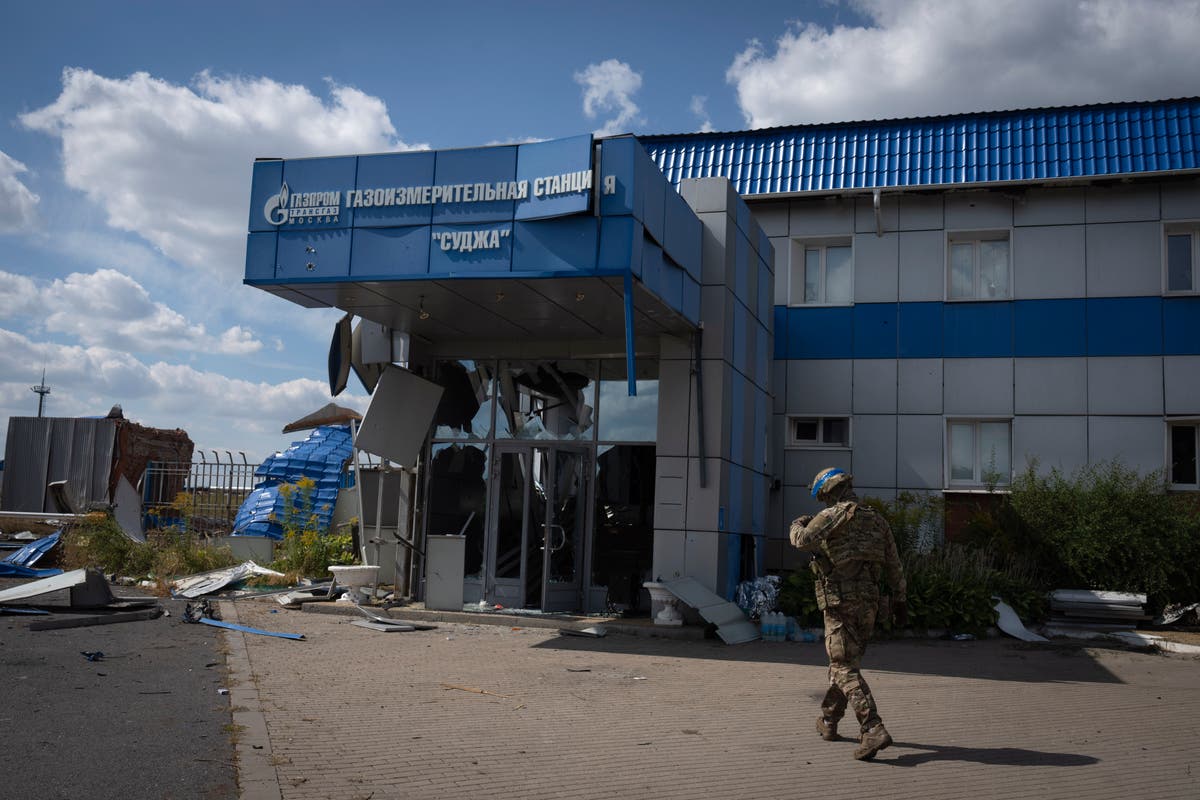As of January 1 2025, Russian gas is no longer flowing into Europe via Ukraine’s pipeline.
A five-year deal between Gazprom, the Russian state energy company, and Ukraine expired at 5am GMT Wednesday morning.
The deal had allowed for Russian gas to travel through Ukraine’s pipeline networks into European countries, primarily Hungary, Slovakia and Austria.
Ukraine refused to renew the gas transit deal, which has existed in some form since 1991, with President Volodymyr Zelensky saying that Russia would not be allowed to “earn billions on our blood”.
The move will not cut off all Russian gas to Europe, but significantly reduce it. Gas can still travel from Russia to Europe via the TurkStream pipeline, but no longer through Ukraine, cutting gas imports to the EU by around 14 billion cubic meters.
The European Commission has said that this volume can be replaced by liquefied natural gas (LNG) and pipeline imports from other sources, such as Norway and the United States.
The financial impact
Though Ukraine benefitted financially from the agreement, to the tune of $800m (£640m) a year, the gas was not imported to Ukraine itself.
Latest estimates show that Russia is expected to lose around €5 billion (£4.14 billion) a year from gas transported to Europe via Ukraine.
According to its own reports Gazprom’s market capitalisation stands at around £22 billion (3 trillion roubles).
Gazprom is Russia’s largest company, and has the largest gas reserves in the world. Since the invasion of Ukraine its business has taken several blows.
By the end of 2024, Russian gas exported to Europe via the Ukraine pipelines alone has already dropped by 78 per cent since the contract started in 2020.
And for the first time since 2001, Gazprom reported a net loss of -£5.5 billion (629 billion roubles) in 2023, after gas sales plummeted.
Up to this point, the gas giant consistently raked in billions each year; including even £14 billion (1.9 trillion roubles) in 2022,during the first year of the war.
Revenue decreased by around 27 per cent in 2023, to £61 billion, while revenue from gas sales in particular fell by 40 per cent.
In this context, a loss of £4.14 billion in gas sales without the Ukraine transit deal could trigger a further 6.7 per cent decrease in revenues for Gazprom and Russia.
The Russian oil and gas warchest

Gazprom is majority state-owned, which means that the Russian state receives a sizeable sum of its profits.
Russia relies on oil and gas business in part to fund its ongoing war in Ukraine; with revenues accounting for 30 to 50 per cent of the Russian federal budget, according to The Oxford Institute for Energy Studies (OIES). Other than the EU, Russia’s biggest pipeline gas exports go to Turkey and Belarus, while LNG exports are largely reliant on sales to China and Japan.
According to Bloomberg, Russian gas exports to China are discounted as heavily as -28 per cent compared to European exports, meaning that they are less profitable for Russia overall. But ultimately, the vast majority of Russian state oil and gas revenues come from oil sales, rather than gas sales, according to the OIES.
Although the EU has banned oil imports from Russia, numerous reports suggest that Russian oil is still reaching the EU via back channels.
A Global Witness investigation found that 130 million barrels of refined products were imported into the EU from refineries which process Russian crude oil in 2023, worth an estimated €1.1 billion in tax revenue to the Kremlin.
Russia is the largest crude oil supplier to China and India. The UK and EU countries import billions in refined oil from these two countries, part of which is likely originating from Russia despite sanctions.
The trouble with Russian gas

Separately to sanctions from the invasion of Ukraine, European countries’ reliance on Russian gas has been a difficult challenge to address.
Russia has historically used its gas pipeline exports to exert political control over dependent countries, from Ukraine to Armenia.
As of today, Gazprom is also weaponising the same tactic in Moldova, cutting off gas supplies over an alleged $709 million (£565 million) debt.
Yet the decision not to extend gas transit via Ukraine faced some pushback.
Slovakia’s Prime Minister threatened to cut electricity supplies to Ukraine in retaliation, as he said that ending Russian gas transit would increase energy prices.
Nonetheless, gas transit via Ukraine’s pipelines has now ceased.

